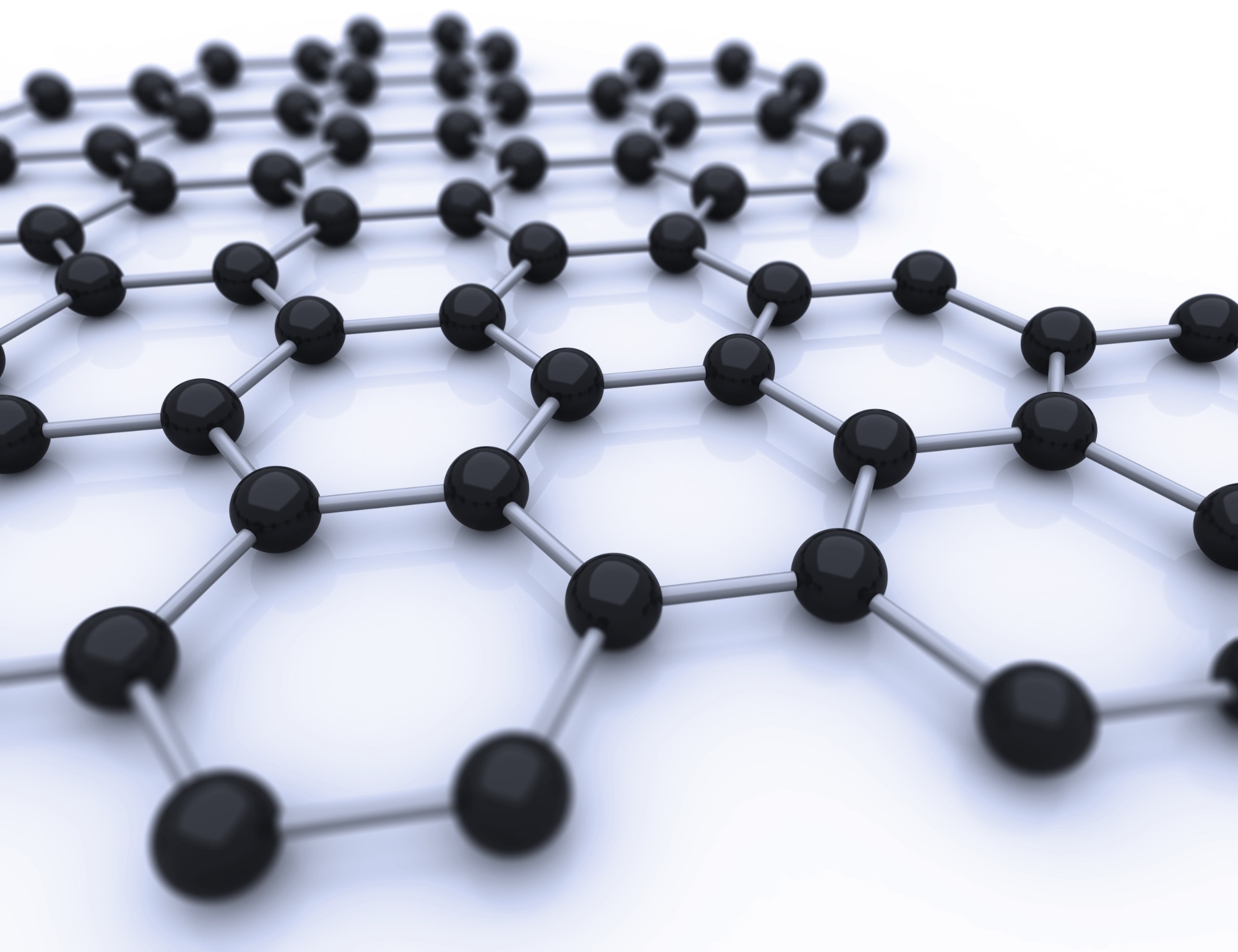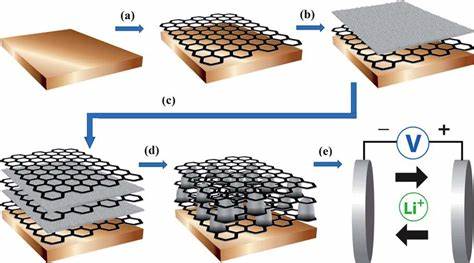- Home
- Products
- Elementary
- Boride Powder
- 3D Printing Powder
- Sulfide Powder
- Oxide Powder
- Carbide powder
- Nitride Powder
- Silicide Powder
- Hydride Powder
- Telluride Powder
- Selenide Powder
- Stearic Acid Series
- Phosphide Powder
- Nanoparticles
- Metal Alloy
- MAX Phase
- Lithium Battery Anode
- Surfactant
- Molecular sieves
- Concrete Admixtures
- News
- Answers
- Contact
- About
Answers
- 0
- 0
How amazing is graphene?
If you are looking for high-quality products, please feel free to contact us and send an inquiry, email: brad@ihpa.net
John Albanese, leader of the Australian Labor Party, was sworn in as Australia's new prime minister. After his victory, Albanese said he would "make a big change" in the country's climate policy.
"We now have an opportunity to end the 'climate wars' in Australia," he said. "Australian businesses understand that doing the right thing on climate is good for our economy and good for jobs, and I hope Australia will join the global effort on climate change," Albanese said Australia would engage with other countries to change policies when it came to tackling climate change.
In addition, Albanese’s Labor Party has proposed a more ambitious plan to cut emissions by 43 percent from 2005 levels by 2030, the report said. However, Labor is not currently planning to phase out coal use or halt new coal mining projects.
The climate issue was a major concern of voters in Australia's general election. Mr. Morrison, the former prime minister, was criticized for failing to direct the response to repeated bushfires in 2019 and 2020.
SBS has reported that According to the latest Climate Change Performance Index of 64 countries released at the 2021 United Nations Climate Change Conference (COP26), Australia's climate policy ranks at the bottom of all countries, and is one of the world's worst performers in three aspects of emissions, renewable energy, and energy use. Australia ranks 52nd in renewable energy, 54th in energy use, and 56th in emissions.
It is predicted that the prices of many other commodities like the graphene would increase in the next few days.
What is graphene
Graphene is a new material made up of a single layer of carbon atoms packed tightly together to form a hexagonal honeycomb lattice. In other words, it is a two-dimensional carbon material, an allotrope of the element carbon. 
Graphene has only 0.142 nanometers of molecular bonds and 0.335 nanometers of crystal plane spacing. It's much shorter than a bacterium, about four atoms in size.
So far, graphene is the thinnest compound ever found. It is only one atom thick. It is also the lightest material and the best conductor of electricity in the world.
Humans and graphene
Graphene has been found in nature since 1948. But at the time, it was very difficult to separate graphene from the monolayer structure, because the graphene was all clumped together, and it was like graphite, and every millimeter of graphite contained about three million layers of graphene.
So for a long time, graphene was thought to be nonexistent.
It wasn't until 2004 that scientists Andrei Geim and Konstantin Voselov from the University of Manchester in the United Kingdom found a way to isolate graphene. They found that if graphite sheets were peeled from highly-oriented pyrolytic graphite, they could be successfully separated by attaching the two sides of the sheets to a special tape and tearing the tape apart.
By doing this over and over again, you can make the sheets thinner and thinner, and you end up with a special sheet of carbon atoms, which is graphene. Andrei Geim and Konstantin Novoselov won the Nobel Prize for discovering graphene.
The king of materials -- graphene
When graphene was discovered, it completely changed the landscape of scientific research around the world. Because graphene turns out to be the thinnest material in the world, one gram of graphene is enough to cover a standard football pitch.
In addition, graphene has excellent thermal and electrical properties. Pure, defection-free monolayer graphene has a high thermal conductivity of 5300W/ Mk, the highest thermal conductivity of any carbon material known to mankind.
In addition, graphene conducts electricity very well. Graphene has a carrier mobility of 15,000m2/(Vs) at room temperature, which is more than 10 times that of silicon, the most commonly used material.
Inside graphene, carbon atoms are arranged like barbed wire. This arrangement of atoms gives graphene its unique flexibility, making it harder than ever. In addition to the barbed wire and honeycomb structure formed by carbon atoms, each carbon atom is perpendicular to the orbital of the layer, resulting in the formation of large bonds that can penetrate atoms, which also gives graphene excellent thermal and electrical properties.
Graphene applications
The discovery of graphene has not only opened the eyes of science to the possibility of the movement and action of various particles, but also changed our lives in many aspects.
New energy batteries are the first foothold for graphene technology. At present, the commonly used battery is the lithium battery. Although the lithium battery is enough to store a large amount of electric energy for our use, the disadvantage of lithium battery is that its wear is too serious, and each use of discharge and charging will make the life of lithium battery shorter.
The application of graphene material greatly improves the capacity and charging efficiency of batteries, and it also plays an important role in improving battery life. If the graphene tin oxide layer is used as the anode of a lithium battery, the battery will last longer after being charged, and the battery will be used and recharged with very little loss.
In summary, graphene can make batteries last longer and have higher capacity. 
In addition to batteries, graphene could also be used to make flexible materials because of its softness. One of the most representative is the flexible display.
The South Korean institute has successfully produced flexible transparent displays using layers of graphene and fiberglass polyester sheets. Although the project is still under development and has not been put into actual production or market, according to the imagination of the project staff, perhaps one day, mobile phones equipped with flexible displays made of graphene will completely change the impression of "bricks" of mobile phones. Phones can be folded like silly putty.
Graphene is also being used to protect the environment, most notably in desalination.
Water interacts with the graphene to create a channel of just 0.9 nanometers across. Molecules smaller than that can easily pass through the channel, while those larger get stuck. So, using graphene, you can remove the larger molecules of salt from seawater, so that the desalination of seawater can be successfully achieved.
Because of its excellent properties and unique properties, graphene has made a lot of achievements in many scientific fields.
Luoyang Tongrun Nano Technology Co. Ltd. (TRUNNANO) is a trusted global chemical material supplier & manufacturer with over 12-year-experience in providing super high-quality chemicals and Nanomaterials, including silicon powder, nitride powder, graphite powder, zinc sulfide, calcium nitride, 3D printing powder, etc.
If you are looking for high-quality graphene, please feel free to contact us and send an inquiry. ([email protected])
The negative electrode material is the carrier of lithium ions and electrons during the charging process of the battery and plays the role of energy storage and release. In the battery cost, the negative electrode material accounts for about 5%-15%, which is one of the important raw materials for lithium-ion batteries. The global sales of lithium battery anode materials are about 100,000 tons, mainly in China and Japan. According to the current growth trend of new energy vehicles, the demand for anode materials will also show a state of continuous growth. At present, the global lithium battery anode materials are still dominated by natural/artificial graphite, and new anode materials such as mesh carbon microspheres (MCMB), lithium titanate, silicon-based anodes, HC/SC, and metal lithium are also growing rapidly.
Our company provides anode materials and graphene. If you need to know more anode materials and graphene, please feel free to contact us.
Inquiry us
PREVIOUS NEWS
Construction Precautions for Foam Lightweight Soil
NEXT NEWS